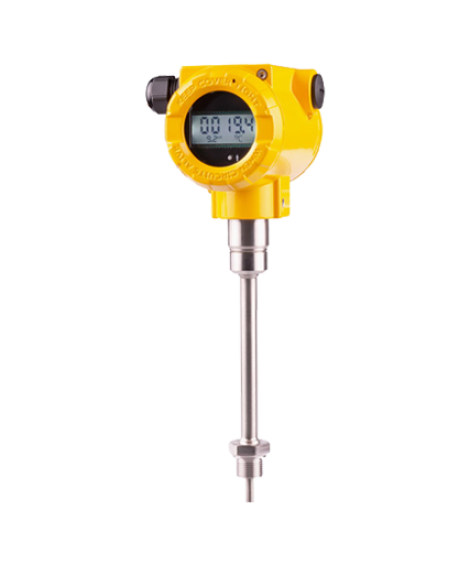A temperature transmitter is a sensor used to measure temperature and transmit temperature-related data to control systems and devices. These devices convert temperature information into electronic units and present them in digital or analog form.
The temperature sensor is located at the outermost part of the temperature transmitter and is directly in contact with the temperature measurement environment, so that changes in the ambient temperature cause changes in the sensor temperature.
Why should we use a temperature transmitter?
In many industrial applications, the temperature of a process must be controlled remotely. The signals produced by temperature sensors such as thermocouples are very weak signals and cannot be transmitted over long distances. These sensors can be connected to a transmitter to amplify the small signals and bring them to the desired value of the control system. Once the signals are converted to a transmittable state, they can be transmitted over any distance via ordinary copper wire and connected to control equipment and controllers.
Advantages of using temperature transmitters
Using this tool has numerous advantages over using traditional temperature measurement methods, including:
No AC power supply is required for remote operation with a two-wire transmitter, and since this tool provides a small signal of 4 to 20 mA at its output, it no longer requires an additional power supply at a more distant location. In addition, in precision instrumentation equipment, of which temperature transmitters are a type, a voltage of 24 volts direct current is usually defined for the standard operating system and process.
Electrical noise and signal degradation are greatly reduced by using transmitters. When signals are transmitted in industrial environments that are usually noisy, these signals may receive ambient noise, which is solved by using a temperature transmitter. Also, normal signals weaken if they travel long distances, and ultimately using this tool solves the problem.
The cost of using wire is significantly reduced by using a transmitter. The signals produced by thermocouples, which have low voltage, almost in most cases require shielded cable when transmitted over long distances because electrical noise from electrical relays, motors, and alternating current (AC) power lines can damage the signal of unshielded cables.
Important points in choosing a temperature transmitter
Measurement temperature range
Environmental conditions for using a temperature transmitter
How to install a temperature transmitter
Environmental and operating temperature
Need or not to use a display




